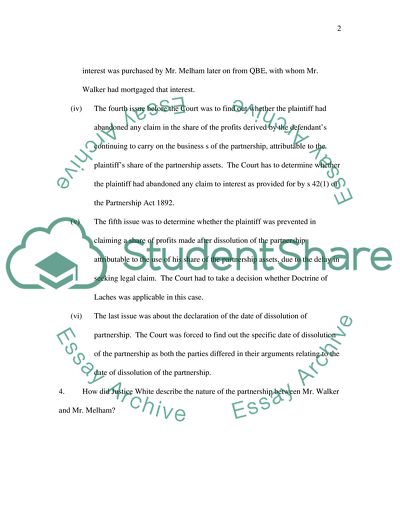Cite this document
(“The Partnership Between Mr Walker and Mr Melham: Six Issues to be Research Paper”, n.d.)
The Partnership Between Mr Walker and Mr Melham: Six Issues to be Research Paper. Retrieved from https://studentshare.org/law/1721911-company-and-association-law
The Partnership Between Mr Walker and Mr Melham: Six Issues to be Research Paper. Retrieved from https://studentshare.org/law/1721911-company-and-association-law
(The Partnership Between Mr Walker and Mr Melham: Six Issues to Be Research Paper)
The Partnership Between Mr Walker and Mr Melham: Six Issues to Be Research Paper. https://studentshare.org/law/1721911-company-and-association-law.
The Partnership Between Mr Walker and Mr Melham: Six Issues to Be Research Paper. https://studentshare.org/law/1721911-company-and-association-law.
“The Partnership Between Mr Walker and Mr Melham: Six Issues to Be Research Paper”, n.d. https://studentshare.org/law/1721911-company-and-association-law.


